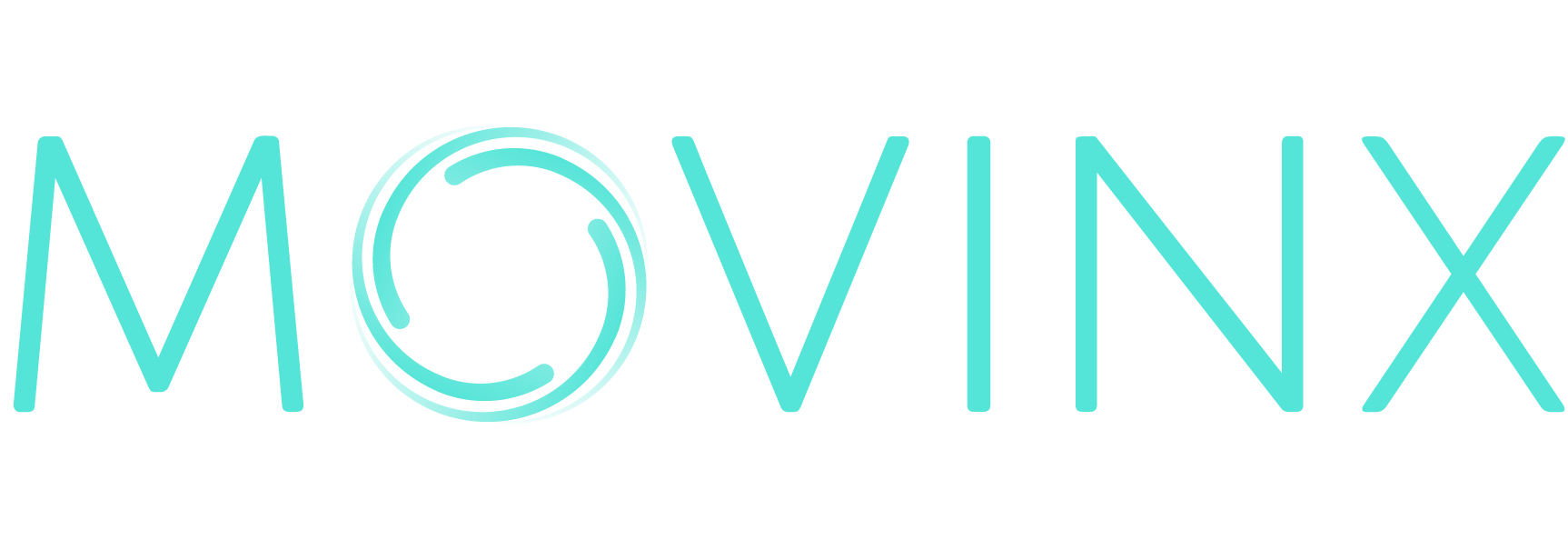The virus as a digital booster
By Caro Gabor
As in other industries, the pandemic has also triggered a boost in the digitalization of processes and products in the insurance industry. When the benefits of speed, convenience and secure digital solutions are well understood, employees and customers alike, won’t want to go back to the way things were.
As early as July 2020, executives from various industries and regions had already reported that the – then still young – pandemic had significantly accelerated their digitalization strategy.
The respondents’ customer interaction points and supply chains have made a leap forward by three-four years on the way to digital models. And the share of digital or digitally supported products in the companies’ product portfolios was even seven years further than assumed before the pandemic. Corona is a digitalization booster. And no different in the insurance industry, which is also experiencing rapid changes due to the pandemic.
According to a recent survey among insurance CEOs worldwide, COVID-19 was the digital catalyst the industry desperately needed. Up to 85 percent of respondents said the pandemic had dramatically accelerated the digitization of their day-to-day business and the introduction of next-generation business models.
How does this sudden and rapid change come about in concrete terms?
First of all, simply due to the personal and even private experience of those making the decisions. During the pandemic, many insurance decision-makers have finally learned to manage their everyday lives online. They are now using Netflix, Lieferando (a food delivery service in Germany) and so on: the pandemic has turned these people into digital consumers.
The product manager may notice how easy it is when they don’t have to enter their data every single time they order food from a delivery service. They now begin to understand that customers of digital insurance products also expect that same level of service in the event of their interactions with their product: they want pre-filled.
Even insurance executives who previously wanted printed documents presented to them in leather-bound file folders for signing, are suddenly putting pressure on digital signature solutions such as DocuSign and other fully digitally enabled contracts.
CEOs may also notice that employees in home-office on Slack, Teams or Zoom are just as productive as before – maybe even more productive. And some will even save on office rent.
COVID-19 is driving change both internally and externally – both in the internal processes of companies and in the products that these companies offer their customers. As far as internal processes are concerned, many insurers had to change their entire working and communication behaviour overnight.
Many employees now prefer to work from home and only come to the office to exchange ideas, to be creative together or to discuss and decide on critical matters. And not, as in the past, to answer e-mails or make phone calls during most of the working time. This, we have learned, works much better at home, something some (particularly in Germany) would have felt was impossible.
We’re living in a time where offices need less space for desks and more collaborative space instead. My colleagues, for example, want a kind of work café with creative retreat corners, couches and a few cozy meeting rooms.
Is this the end of the open-plan offices with the long rows of desks as we knew it?
The change in insurance products could become just as significant. In the same survey, 78 percent of CEOs said the pandemic is a turbo accelerator in designing seamless digital customer experiences. A similar percentage saw a new urgency for introducing new business models and profit generators.
Some insurers are now exploring new technologies or new forms of cooperation with insurtechs or their previous technology partners. Others experiment with proof of concepts or minimum viable products (MVPs),i.e. minimally functional iterations of a product, which then go directly to salesafter a short testing phase.
Many are accelerating the processing of their existing digital roadmaps, for example, by quickly and consistently digitizing and automating customer service and claims procedures, especially in the area of data-driven risk assessment and underwriting. The results are fast, simple, easy-to-understand digital products that customers can conveniently buy with just a few clicks to suit their needs – just as easy as ordering a pizza from the delivery service.
So there’s been a lot of movement and this progress is certainly a silver lining of this pandemic. But the pandemic is – hopefully – not infinite, but the digital transformation initiated by this turbo booster will continue to progress.
Anyone who has ever experienced how fast and convenient, practical and secure digital solutions can be, whether as an insurance employee or customer, will not want to return to the same old way from the time before.
Source: this article was first published in Versicherungsmonitor on July 28, 2021.
Related Posts
10 predictions for car insurance in the next 10 years
The car insurance industry is facing probably the largest disruptions of the last decades, due to the increasing availability of data and the imminent mass-adoption of AI. Our team of experts in insurance and tech, combined with our footprint across the US and Europe, has provided us with core audience insights on this and emerging trends. This is what our 10
What is Telematics really?
Do you consider yourself a good driver? If so, you’re in good company with more than 70 percent of German drivers. Yet only a little over 50 percent of people agree that good drivers should pay less for auto insurance than bad drivers. Surprising, isn’t it?
Fast, easy, direct
The future belongs to insurance companies which can provide mobility protection right at the point of sale – online. To conquer this digital world, insurance carriers still have a lot to learn.
What’s new about ‘embedded insurance’?
How can embedded insurance make a difference? Talk about the need to vertically integrate, maximize value chain and why.





